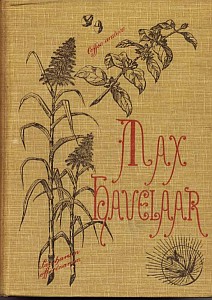
Max Havelaar; or, The Coffee Auctions of the Dutch Trading Company is an 1860 novel by Multatuli, which played a key role in shaping and modifying Dutch colonial policy in the Dutch East Indies in the nineteenth and early twentieth century. In the novel, the protagonist, Max Havelaar, tries to battle against a corrupt government system in Java, which was then a Dutch colony. The novel's opening line is famous: "Ik ben makelaar in koffie, en woon op de Lauriergracht, Nº 37.".

Eduard Douwes Dekker, better known by his pen name Multatuli, was a Dutch writer best known for his satirical novel Max Havelaar (1860), which denounced the abuses of colonialism in the Dutch East Indies. He is considered one of the Netherlands' greatest authors.
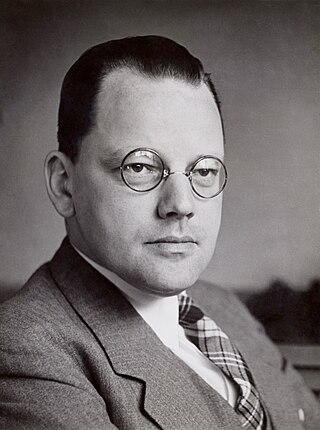
Menno ter Braak was a Dutch modernist writer, critic, essayist, and journalist.
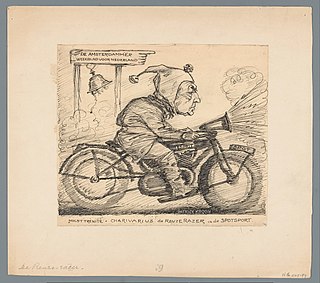
Gerard Nolst Trenité, publishing under the pseudonym Charivarius, was a Dutch observer of the English language.

The Rotterdamsche Droogdok Maatschappij (RDM) was the largest pre-World War II shipbuilding and repair company in Rotterdam in the Netherlands, existing from 1902 to 1996. It built 355 mostly major seagoing vessels, 18 of which were submarines. During its existence, the wharf operated 12 floating docks and in its heyday employed 7,000 people at one time.
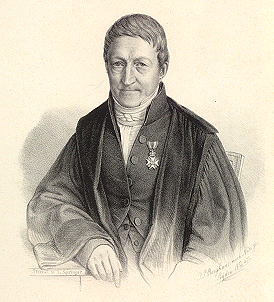
Matthijs Siegenbeek was a Dutch academic. From 1797 to 1847 he was the first professor of the Dutch language at the University of Leiden. From 1803 he was the member, then secretary, of the head-office of that university's literary faculty. Initially he was a Mennonite voorganger in Dokkum.

Antonius Adrianus Gerardus Maria "Ronald" van Raak is a Dutch politician, non-fiction writer and former academic. A member of the Socialist Party, he has been a member of the House of Representatives since 30 November 2006. He focuses on matters of home affairs, kingdom relations, the royal house and general affairs. From 2003 to 2006, he was a Senator of the Netherlands.
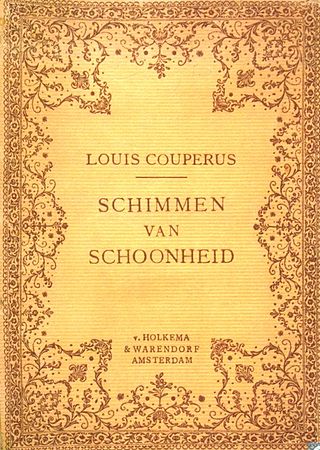
Schimmen van schoonheid is a collection of short stories, written by Louis Couperus and published by Van Holkema & Warendorf in 1912. It is not known how many copies were printed for the first edition, but this edition was in any case sold out by 1929. The second edition was published in 1962 by Querido in the so-called Salamander series.
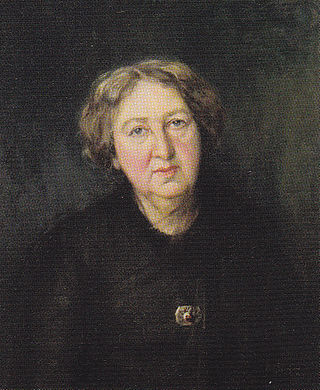
Stéphanie Hélène Swarth was a prolific Dutch poet active from 1879 to 1938. She is considered one of the Tachtigers and acquired a reputation as a sonneteer.

Adriaan Nicolaas Johan van Hees was a Dutch actor and member of the National Socialist Movement in the Netherlands (NSB). Van Hees was trained in Amsterdam and Germany, and spent a few years in theater and film. He quit professional acting to join the NSB, giving speeches and overseeing the organization's theater division, arguing that the change he thought necessary in Dutch drama had to come from political revolution. He became depressed and suicidal when he discovered he was part Jewish; still, he tried to join the SS but was denied. After the war, he was banned from the stage for ten years, and sentenced to five years in prison.

The Koninklijke Nederlandse Stoomboot-Maatschappij (KNSM) was an Amsterdam-based shipping company that existed from 1856 to 1981. It was once the largest company in Amsterdam and one of the top five shipping lines in the Netherlands. The company operated mid-sized freighters that had limited passenger accommodations. At its peak in 1939, the company had 79 vessels. Of these, 48 were lost during World War II.

The Koninklijke Schouwburg is a theater in the city center of The Hague. The theater was built in 1766 and has been in use as theater since 1804. From 2017 it is one of the theaters in use by the national theater company Het Nationale Theater, but also other companies perform in the Schouwburg.

Wilton's Dok- en Werf Maatschappij was a Dutch shipbuilding company active as an independent company from 1854 till 1929. At first it was simply known as 'Wilton'. In 1921 the final Dutch name became: 'Wilton's Dok- en Werf Maatschappij NV', the equivalent of 'Wilton Engineering and Slipway Company'. Wilton started as a traditional smithy and expanded in machinery. It specialized in ship repairs, but also became a shipyard. At first only for fresh water ships. In spite of multiple name changes the company was commonly referred to as 'Wilton'. In 1929 a merger with Fijenoord led to a new company known as Wilton-Fijenoord.

The Nederlandsche Scheepsbouw Maatschappij, was a Dutch shipbuilding company based in Amsterdam. It existed from 1894 to 1946. From c. 1908 it was the biggest Dutch shipbuilding company.
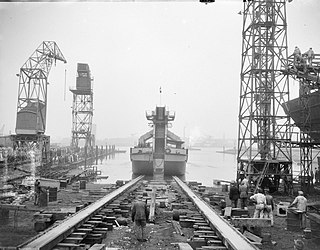
J. & K. Smit was a Dutch shipbuilding company located in Kinderdijk and Krimpen aan de Lek. Its successor is now part of Royal IHC.

L. Smit en Zoon previously known as Fop Smit, was a Dutch shipbuilding company located in Kinderdijk. Its successor is now part of Royal IHC.
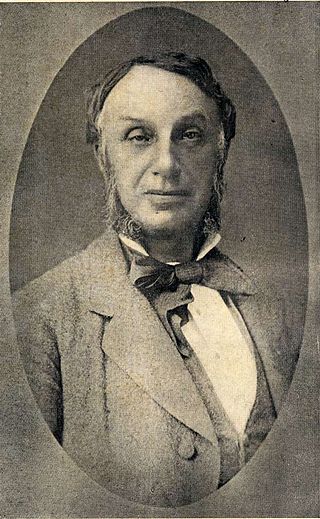
Johannes van Vloten was a Dutch scholar, literary historian and philosopher. He is known as a rediscoverer of Spinoza's work and a freethinker in his tradition, with a great deal of involvement in all kinds of social issues. Van Vloten was one of the founders of modern humanism.
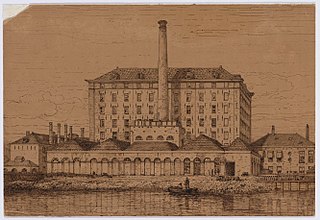
The Nederlandsche Suikerraffinaderij NV (NSR) was an Amsterdam sugar refining company that refined sugar cane to produce white sugar and other sugar products. After its closure, its main sugar refinery became part of the Amstel Suikerraffinaderij and later was part of the Wester Suikerraffinaderij.
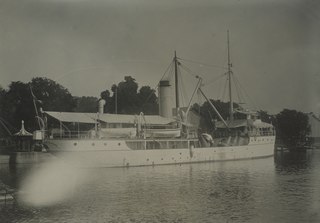
HNLMS Hoofdinspecteur Zeeman was a steamship of the Dienst der Bebakening en kustverlichting. She was built in the Netherlands and served as beacon ship in the Dutch East Indies. In 1939 the ship was militarized and taken into service of the Royal Netherlands Navy as buoy tender.
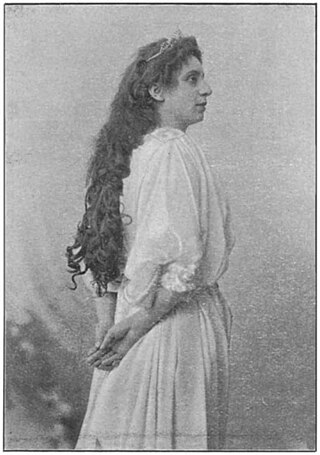
Wilhelmina Elisabeth Jacoba van der Horst-van der Lugt Melsert was a Dutch actress. She performed at the Rotterdamse Schouwburg and later became a leading actress at the Royal Dutch Theatre.




















